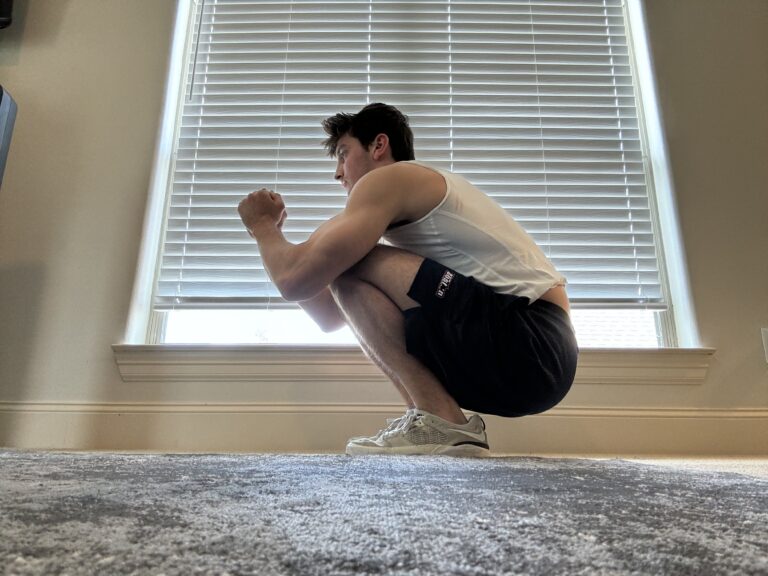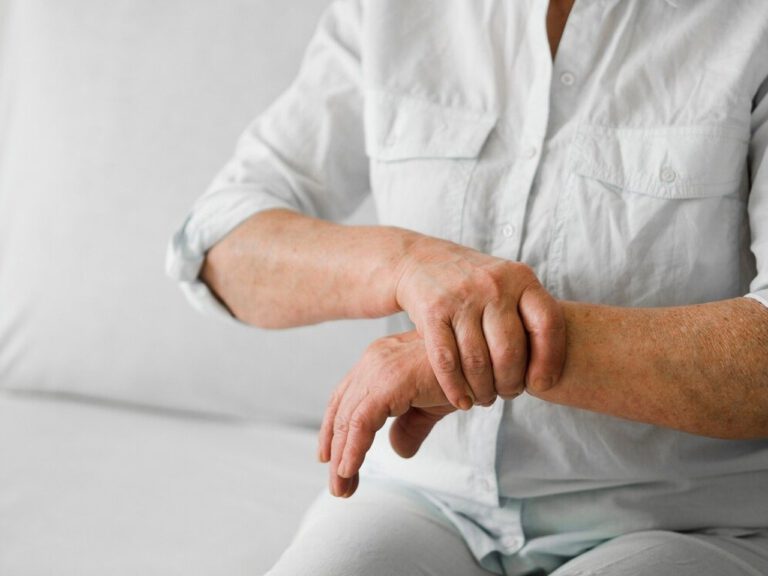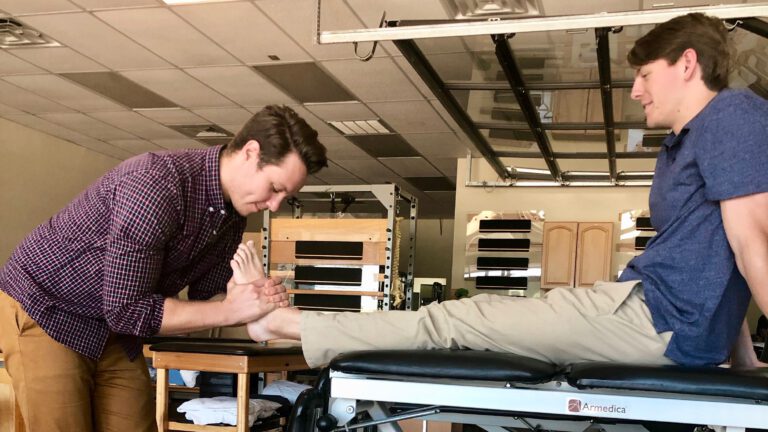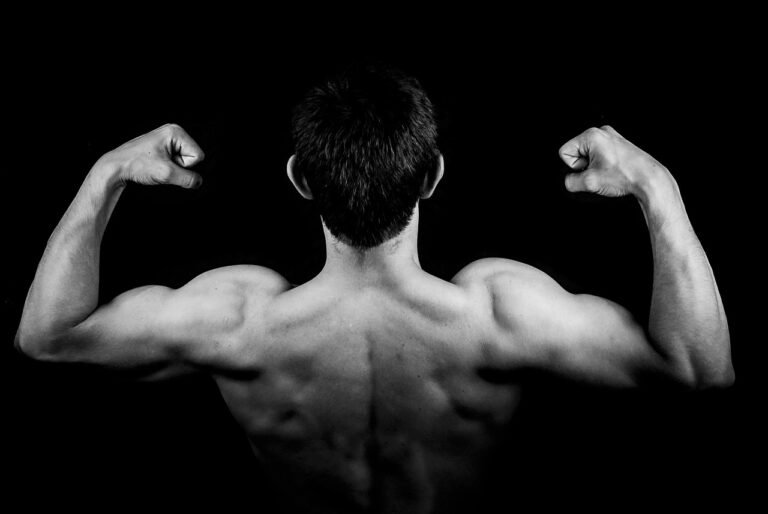The Importance of Squatting
Many patients at S.T.A.R. PT will find themselves squatting – for evaluative purposes or as a part of their treatment program. Squatting is one of the most typical ‘functional movement patterns’ that persons of all ages and physical ability levels are required to do during a multitude of daily tasks. Therefore, it is important to be able to successfully complete this activity.
Misinformation has led to misconceptions about squatting. Our (Western) culture clearly under-utilizes proper squatting in our activities of daily living. On a regular basis we hear our patients say things like “I am not supposed to squat,” or that they were told that “my knees should never pass my toes,” when bending to squat or lunge. It is true that in degenerative joint situations one may need to be careful about how they are bending at the knees, but with improved joint mechanics and techniques, everyone should be able to squat. After all, our bodies were designed for it! Only in situations where joint mechanics have become irregular should the joint begin to break down and cause problems with such a basic human movement.
What are the advantages of squatting? There are many. One need only to look at Asian and African cultures to observe some examples. In these cultures, it is normal to see people of all ages, including the elderly, in a full squat (weight back on their heels, knees maximally bent, and spines in a fully flexed position). From this posture, they may be performing activities such as preparing food, socializing, or going to the bathroom. Incidentally, and interestingly, the rate of spine pain, gastro-intestinal disorders, and urogenital disorders (such as incontinence, colon cancer, and inflammatory bowel disease) is significantly less in these cultures.
Squatting is also a function maintained in our culture through our youth. The next time you happen to observe a two year old child, observe not only how he squats but also the frequency of which he performs this task. You will find that the young assume the same maximally crouched posture observed in adults of non-Western cultures. Whether we are two, fifty two, or even one hundred and two, we feel that for optimal physical functioning we should attempt to get back to this essential task.
